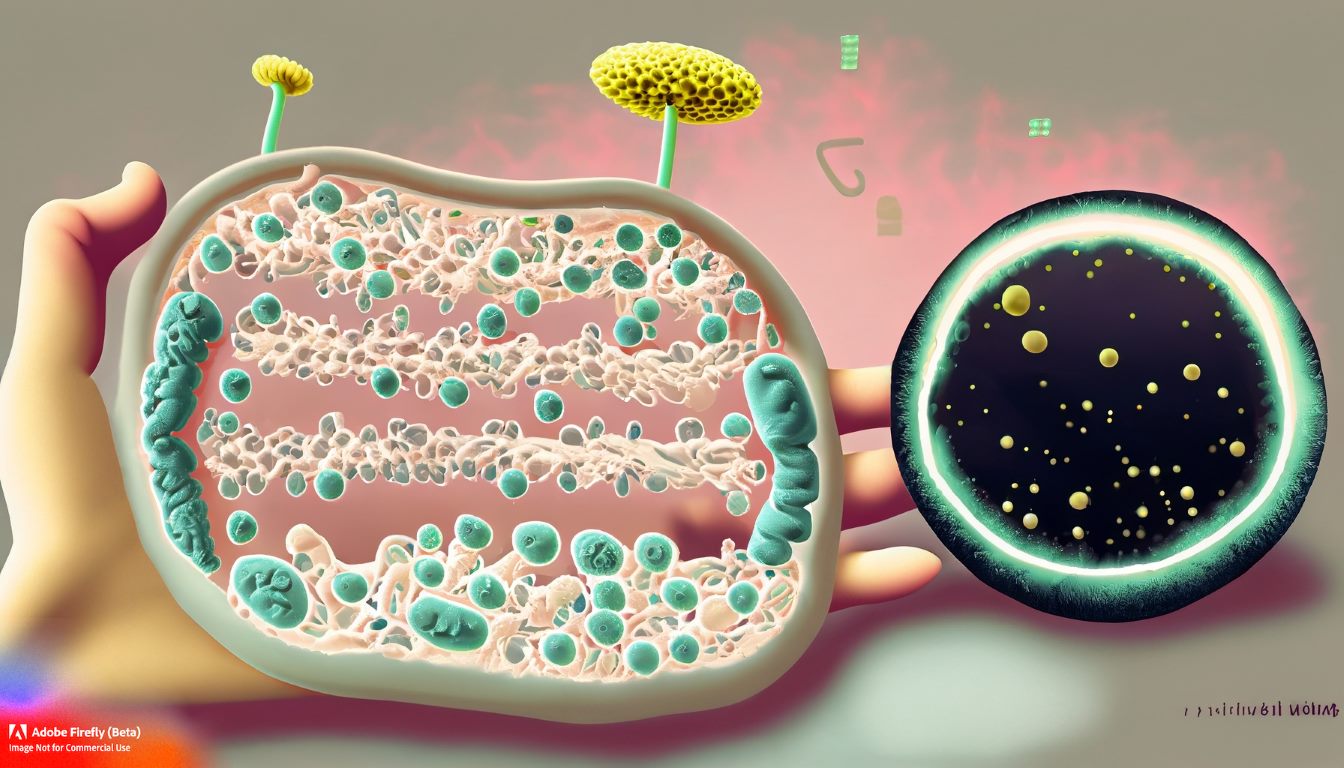
As a beginner aquarist, you’re always told about how vital cycling your new fish tank is. Specifically, you want to know how long these famous beneficial bacteria take to grow!

In the cycling of water in aquariums, beneficial bacteria take anywhere between 14 days to 2 months to grow fully. It largely depends on the size of your aquarium, the type of cycling method, and the equipment used. This means that various factors can either speed up or slow down the process.
Cycling is the growth of beneficial bacteria. You are establishing the balance in which your fish will thrive for the foreseeable future. Getting it right and understanding what they are can go a long way in successfully setting up your new aquarium.
In this article, we will explore them at length while also touching on related aspects that make them so important.
What are these beneficial bacteria?
You might have heard of beneficial bacteria. The ones that are so important for your fish to survive! Are you familiar with them? Yes…No, let me give you a brief introductory lesson then!
The beneficial bacteria include:
- Nitrifying bacteria, for example, Nitrosomonas and Nitrobacter
- Denitrifying bacteria.
These are the two types of bacteria involved in the nitrogen cycle. The second type of bacteria is not very common with aquariums because they require low oxygenated water to survive.
What are their Functions?
The functions they serve are so essential. To understand them, we must talk about the Nitrogen cycle (briefly, at least). It can be complex and overwhelming at first glance. Therefore, I will simplify it to the best of my ability. Here we go!
Fish excrete waste materials after feeding, a by-product of the breakdown of food in the stomach. These waste materials will, after some time, decay and release ammonia into the water.
At low concentrations, ammonia may cause irritations and stress. At slightly higher levels, their body organs, like gills, may be damaged and cause illness. Accumulated levels(usually characterized by cloudiness of water) of ammonia causes convulsions, loss of balance, coma, and death. In short, ammonia is dangerous to aquatic life.
Fortunately, this is where the first of the nitrifying bacteria comes in. Nitrosomonas will ingest ammonia in water which will result in the productions of nitrites. Good news, huh? Not at all.
Nitrites, even at low concentration, hinder respiration in fish. They suffocate and many other secondary diseases that eventually lead to death. Nitrobacter converts nitrites into nitrates, thus limiting this tragedy.
Many aquarists take out the nitrates(equally toxic) by frequently changing the water. In aquariums, where nitrates can be accounted for anaerobic denitrifying bacteria, frequent water changes are unnecessary.
Cycling a new aquarium
Cycling is the process of establishing biological filtration. It is where you build bacterial colonies that will break down toxic nitrogenous substances in water, making it safe for your fish to live in.
You can do the cycling of a new aquarium in several ways. The way you do it is down to your personal preference. However, I often recommend new hobbyists to go fishless during the cycling process.
When we start, all of us are so eager to see fish swimming around in our aquariums. This enthusiasm leads to the unexplained death of the fish. Why? You have not cycled your tank hence the accumulation of fatal toxins.
Fishless cycling gives you a lot of room to experiment and learn for future reference. To start the cycling process, introduce ammonia into the water. Some people throw food into the water to begin the release of ammonia.
The release of ammonia kickstarts the cycling process and leads to the build-up of essential bacteria. Consequent reactions in the water establish the nitrogen cycle and your biological filter.
How do I know the cycle is complete?
Here, you will have to employ a testing kit. Go all out on this and buy an all-in-one test kit. Such a kit should be able to test ammonia, nitrites, nitrates, and even pH levels.
Test the water daily and note the levels of each element. How will you know the nitrogen cycle is complete?
After a spike in ammonia levels, the levels would reduce gradually with time. Reduction of ammonia would simultaneously trigger nitrite levels to go up. Continue monitoring the water and let the process take its course. Nitrates level will start to go up while the levels of ammonia and nitrites steadily go down.
When the levels of ammonia and nitrites fall to zero, the nitrogen cycle is complete. You will notice a spike in nitrate levels which tells you to do your water change.
With this process complete, you can introduce your desired fish into the aquarium.
Can I speed up the process?
Sometimes, 2 to 8 weeks of waiting for your tank to gain stability is a long and frustrating time. Luckily for you, you can speed up the process of the nitrogen cycle.
There is technically one effective way of speeding this process: adding beneficial bacteria into the equation. Don’t worry; this is a straightforward thing to do with various convenient paths to take.
The ways of adding bacteria include:
Buy a bottle of beneficial bacteria
Many fish stores, both local and online, stock bottles of beneficial bacteria. They are usually highly concentrated with bacteria making them so effective.
Adding solutions of bacteria into your aquarium water boosts the build-up of bacterial colonies. The process will be shortened by several weeks.
Using materials from a cycled tank.
If you have a cycled tank or one of your fellow hobbyists has an established one, add material such as filtering media, artificial plants, gravels, or rocks from that tank into your new one.
These materials contain beneficial bacteria that will be introduced into your aquarium. The process will be much shorter after doing this.
There you go folks, which is your preferred way?
Jesse, I think I added too much bacteria!
One thing to remember; your aquarium is an ecosystem in the making. There is nothing like too much bacteria in a system like that. If you are still worried, don’t be!
Adding too much bacteria into your aquarium is not an issue n=because, with time, the system will right itself. The bacterial population will build up to equally match the nitrogenous levels in the water.
For instance, if the produced ammonia is not enough to support the population of bacteria, excess bacteria will die off. The system will always work to establish an equilibrium among concerned factors.

Jesse is the principal author of this blog. He is an avid fishkeeper with rich experience spanning several years. He is here to share his knowledge and ensure you also have a guiding compass, as he did with his father.